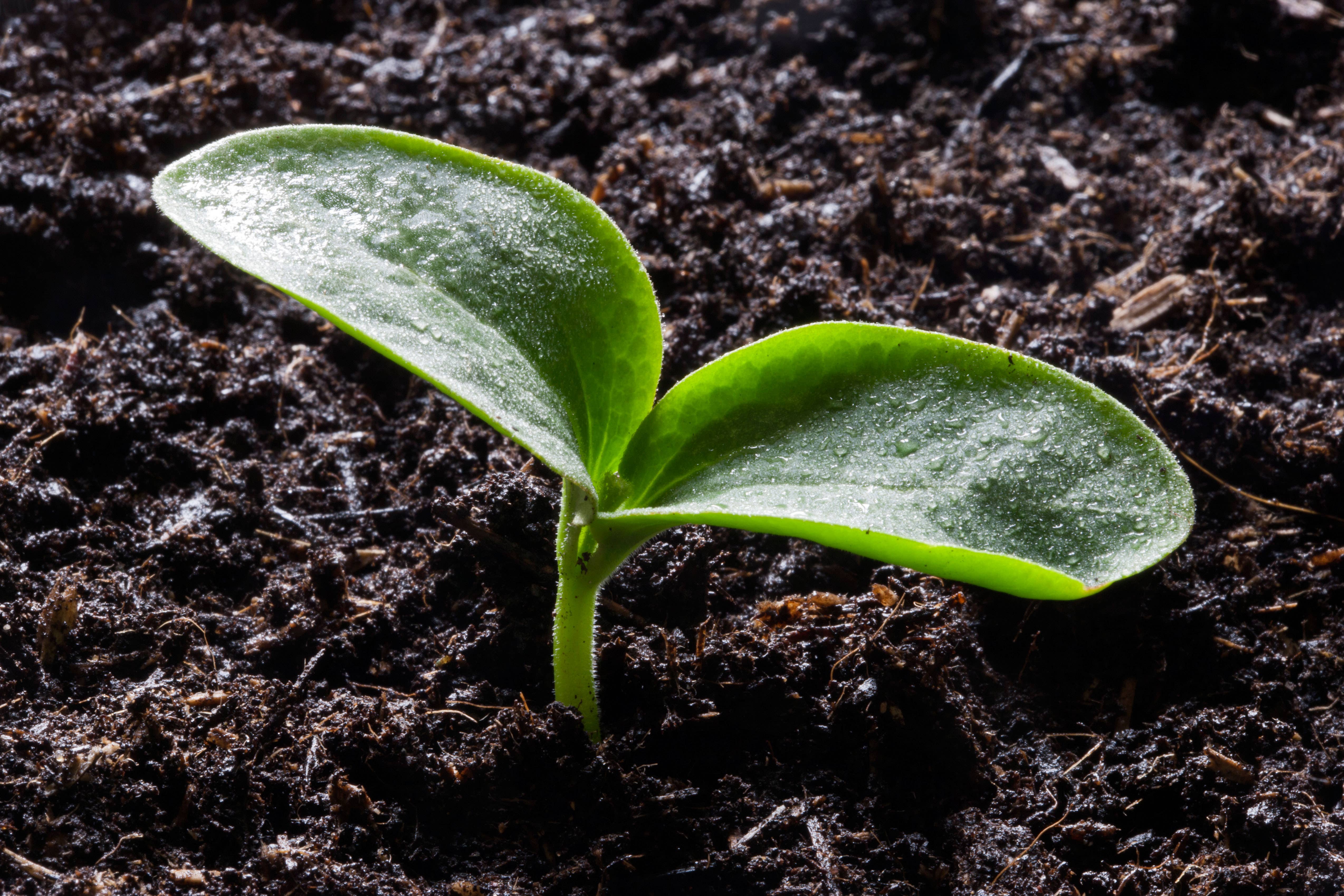How resilient are your vegetables in weird weather?
An expert offers advice on how to make your veg plants tougher.

Vegetable growers may be lamenting the weird winter – warm and cold, wet and windy, incessant rain, consistently unpredictable.
“There’s no longer seasonality as we were previously used to,” says Kim Stoddart, author of The Climate Change-Resilient Vegetable Garden, a new book which outlines a clear path toward building resilience in your vegetable plants and your soil.
Editor of Amateur Gardening magazine, Stoddart runs courses on climate change-savvy growing from her training gardens in west Wales. She says: “Weather systems are getting stuck. We’ve just had a very long period of rain over winter, so there are challenges of extreme [weather] for plants, for wildlife and for gardeners.
“There’s a much greater risk of pests and disease with this erratic weather. For example, with warmer, milder, wetter winters there’s more opportunity for pests to overwinter.
“There’s also more opportunity for more breeding from said pests and we are also getting invasive species moving in,” she adds. “This, combined with the fact that some varieties are struggling and becoming weakened, means that having a healthy garden is key.”
Here’s how to make your plants more resilient.
Avoid mollycoddling to help plants toughen up
“There’s lots of research around this idea that we tend to overwater and overfeed our plants and because of that they get lazy and don’t dig deeper with their roots to seek out the potential gain they can have from the amazing resilience that’s below our feet in the soil,” she says.
“If you have ‘no dig’ soil that is well mulched and a rich, fertile composition, then the likes of mycorrhizal fungi can help them find food and water. Plants that are watered less and treated in a slightly less pampered capacity become more resilient.”
Survival may depend on regions
A lot of vegetable resilience depends on where you live, she continues. “We need to work together within our communities, reaching out to local gardening groups to see what works well in your locality, going to seed swapping events, all that is very important – and fun.”
Soil management is vital
“The idea of ‘no dig’ is now very commonly known, but you need to really look after the soil, mulching well. For example, during periods of drought, make the soil the best it can be, which will help afford further resilience to your plants,” she says.
Saving seeds from the plants that have fared well against extreme weather can also help build resilience, she adds.
Crops which may withstand our erratic weather include:
Perennials
Perennials, which come back year after year, are an obvious choice, says Stoddart. “They are longer-lasting in nature and can develop deeper, wider-ranging root structures and are arguably more able cope with extreme weather, including drought, because the roots are far-reaching and can find food and water.
“They may merge with mycorrhizal fungi and fungal networks to help them find food and water.”
Amaranth
“This is a very popular permaculture plant and one that I think gardeners are becoming more aware of, but you can grow it easily from seed.
“It’s a really resilient crop which is great to use in-between other plants and as ground cover. You can pick the leaves and eat them like spinach. You can also harvest the seed and use it like quinoa.
“It’s very pretty as well so you can plant it in flowerbeds. The leaves are a russet-red. It also self seeds. I’ve had it in my training gardens, where I’ve had extreme drought and my water supply has run down to 10 gallons a day, which is hardly anything. I found that using it as ground cover in my polytunnels enabled a lot of my plants to survive because the amaranth helps protect the soil and the plants.”
Jerusalem artichoke
These perennials produce delicious tubers which are pre-biotic in nature and help to feed the healthy gut bacteria in your stomach, she says. “They can be used as a windbreak in the vegetable garden, are easy to grow and you won’t harvest all the tubers so they will grow back.”
Crystal lemon cucumber
“This is a ball-shaped cucumber, lemon in colour, which is easy to buy. Cucumbers have exacting watering requirements and I’ve tried lots of different varieties over the years but crystal lemon cucumber is so resilient. You can even allow it to trail along the ground and it will grow in a sort of semi-wild capacity, is hugely productive and delicious.”
Start the seeds off indoors, as you would with other varieties of cucumber. It lends itself very well to pickles and preserves, Stoddart says. Plant it with flowering herbs like sage, thyme and lemon balm, to help attract pollinators.
The Climate Change-Resilient Vegetable Garden by Kim Stoddart is published by Cool Springs Press on February 29 in paperback, price £22.
Subscribe to Independent Premium to bookmark this article
Want to bookmark your favourite articles and stories to read or reference later? Start your Independent Premium subscription today.
